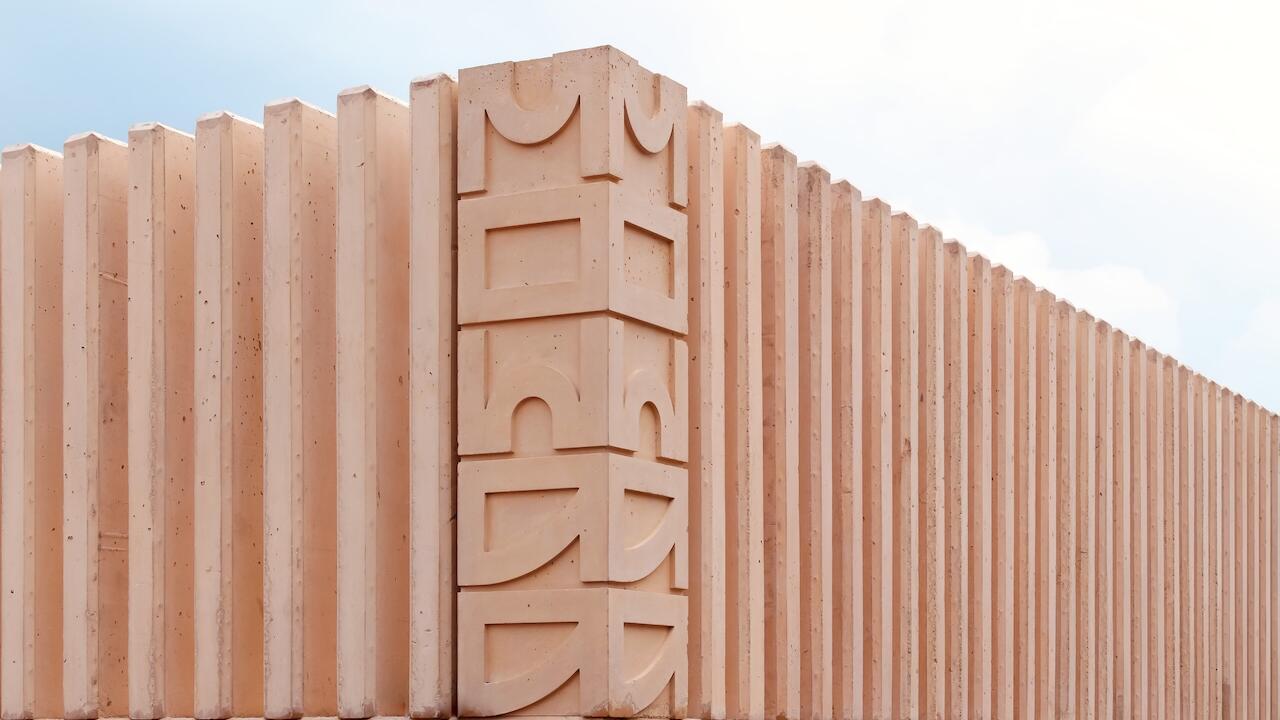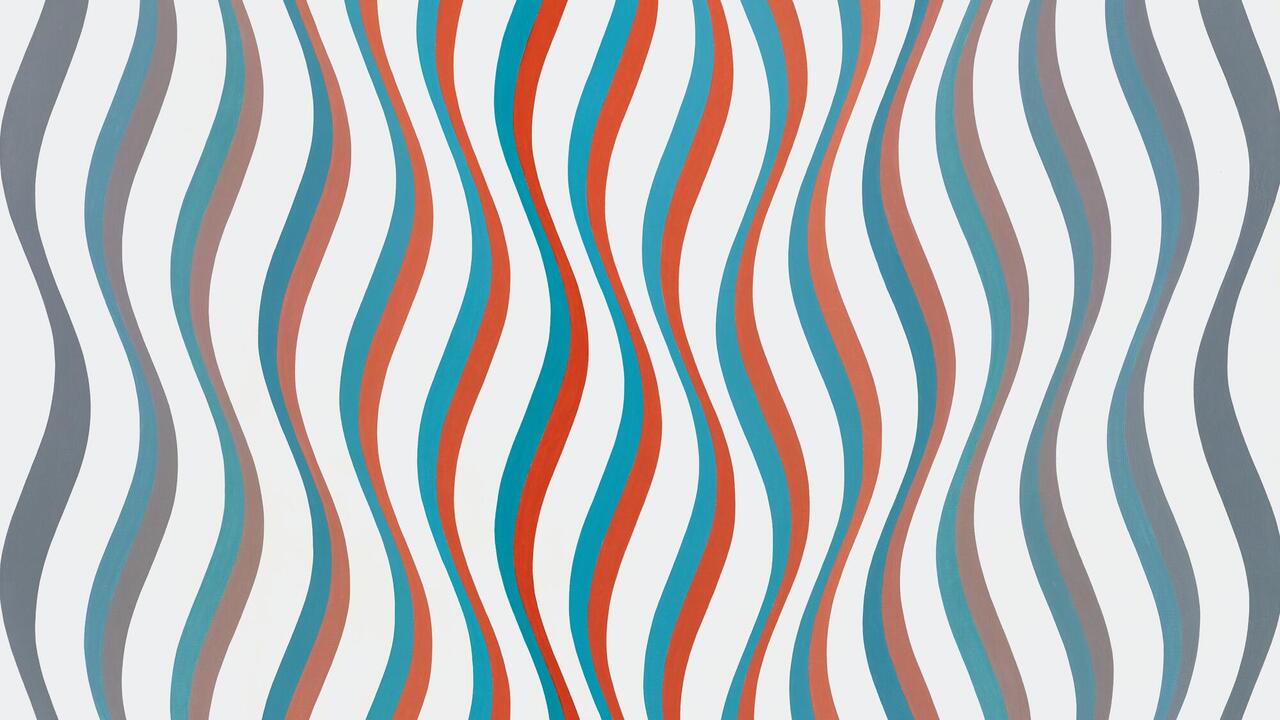Tamara Grc(breve)i´c
Red, red, red. When you look up into the gallery from the street you might think that dim red lighting has been installed. In fact, Tamara Grc(breve)i´c has filled a room with an irregular arrangement of Red Cross beds. These are covered with red blankets, sheets or duvet covers with heaps of red clothing on top of them, all either borrowed by Grc(breve)i´c from old clothes collections or bought at flea markets. They include woollen pullovers, cord trousers, velvet blouses and underskirts in every imaginable shade of red. The clothing reflects both light from outside the gallery and the subdued white lighting inside. This creates an atmosphere that could not possibly have been planned. Viewers are confronted with a momentarily perceptible boost that transcends the work's material elements. This gives the work a shimmering completeness that is never totally there and sometimes not there at all. It cannot be reproduced: no photograph could convey the impression of colour that strikes viewers who see it at the right moment. And absolutely nothing could convey the strange smell that emanates from such quantities of fabric: the smell of clothing stores, overfilled stockrooms, dry and stuffy.
In Melonen auf Tischen im Raum (Melons on Tables in the Gallery, 1994) Grc(breve)i´c created a similar effect. She filled a large portion of the exhibition area in the Frankfurt Portikus with different-sized tables covered with brightly-coloured, untreated cotton fabric. 700 Spanish melons were spread over this area of 12 x 7 metres. The exhibition lasted for twelve hours, and during this period an intense aroma emanating from the fruit developed in the gallery. Added to this was the impressive spectacle provided by the sheer mass of melons. When the twelve hours were up, the melons were taken back to the Frankfurt wholesale market from which they had come.
The aesthetic impressions of light, colour, smell and volume produced by the two works in their respective venues is an aspect of much of Grc(breve)i´c's output. The fact that the work and viewer are present only temporarily is always important: the image is not complete until they come together. Grc(breve)i´c calls her works 'pictures', not installations. A film still can stand by itself and yet would not exist without whatever preceded or followed it; likewise Grc(breve)i´c's pictures are snapshots of working processes, developments and cycles. They are detached images, and yet still maintain a life of their own. Grc(breve)i´c emphasises this by producing substantial portfolios recording how she prepares and organises her work, but she does not publish them. This could constitute a source of criticism, because by taking this course Grc(breve)i´c risks suggesting that sensual impressions are autonomous (the red colour described above, for example).
Born in Munich in 1964, Grc(breve)i´c applied for art college, submitting her own Super 8 films, after studying art education and cultural anthropology. She started working with fruit and vegetables while at the Kunstakademie in Frankfurt. She was interested in two aspects: firstly, their direct, vegetable existence, in other words, their shape and tactile qualities, smell and colour, and secondly, the 'nature' of these plants how they make an impact on people, how people use them for their own purposes, as foodstuffs for example. Fruit, cut flowers and vegetables are also inexpensive, everyday materials that are easy to get hold of. They are ready-mades that exist on the borderline between nature and culture, between their own purposeless existence and a function that man has developed for them, bound in with food supplies and 'day-by-day beautification'.
A glance at the work Grc(breve)i´c has produced in the past few months shows a striking change in her choice of fields. At 'Manifesta' in Rotterdam she created a work, Untitled (1996), in the natural history museum that can be seen as the conclusion of her concern with plants and their aesthetic and social implications. Using a loading device from the docks she suspended a 3 x 2 x 2 metre structure made of container palettes in the central stairwell. This wooden installation was burned in one of the Rotterdam port fire brigade's practice grounds when the exhibition was over.
Thus the work with second-hand clothes can be seen as a sign that her materials and themes are changing. Man, his form and how he covers himself seem to be preoccupying Grc(breve)i´c. The medium of photography is also becoming more important: up to now she has used photographs as a kind of sketch, in order to prepare and document projects, but they are now becoming increasingly independent. At Monika Reitz she showed a series that was photographed in a small grocer's shop in New York's Chinatown. There are no human figures in the little scenes, which have the 'draped' look of a still life and very little depth of focus. In one image a limp lettuce leaf and a pink polythene bag are photographed on plastic grass. But traces of human presence can be detected: in another scene an umbrella handle is just visible, and a crumpled beige pullover lies by the watermelon.














